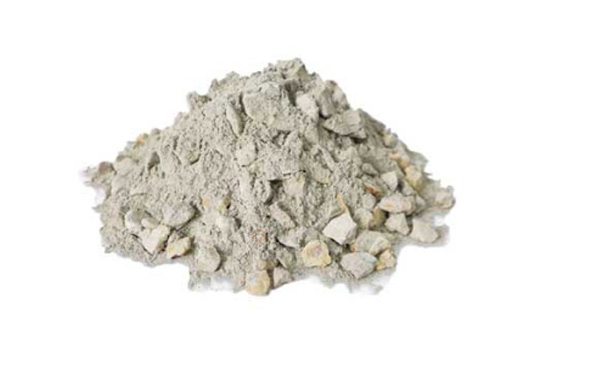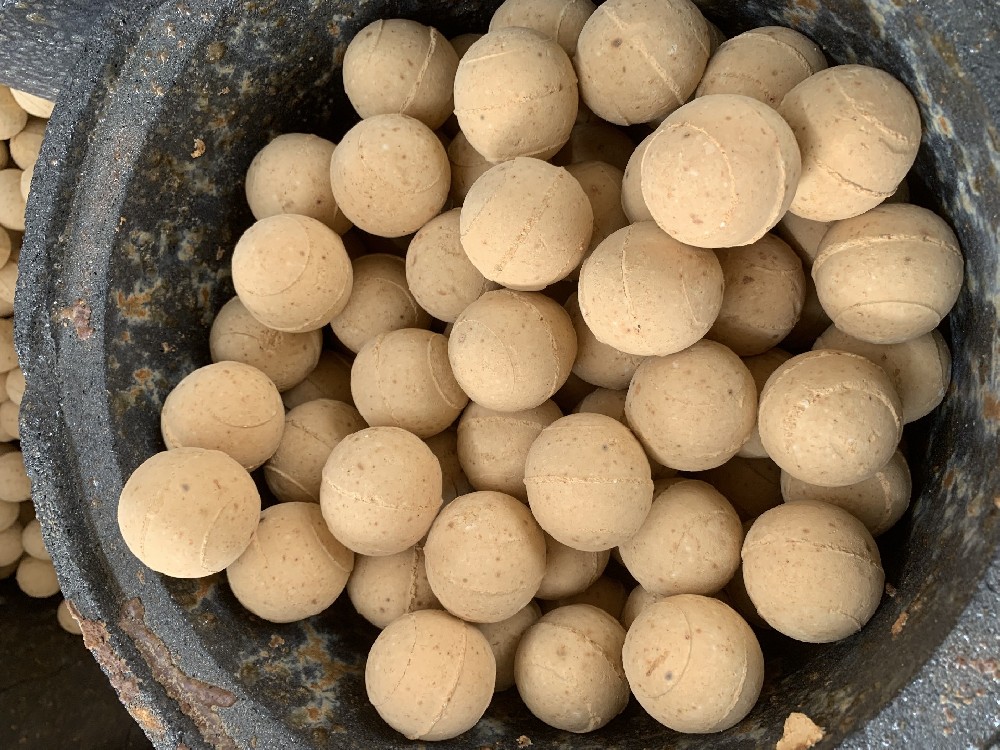castable refractory vs fire brick
2022-01-07 07:24:21
Both castable refractory and fire brick are high-temperature resistant materials, and are commonly used materials in industrial kilns. One is an unshaped refractory and the other is a shaped refractory. What are the advantages of the two materials in comparison?
First of all, castables are classified into light weight, medium heavy weight, and heavy weight according to their materials. According to their materials, they are classified into high-alumina, clay, corundum, mullite, silicon carbide, etc. Each castable has its own unique advantages.
The general advantages of castables refractory
1. Refractoriness and high softening temperature under load
2. Good thermal shock resistance, resistance to rapid cold and rapid heat
3. Convenient construction and cost saving


The diffrence castable refractory vs fire brick
1. The production of refractory castables from high-alumina aggregates does not require huge brick presses and firing thermal equipment, and the factory occupies a small area. Therefore, the equipment cost and infrastructure investment are relatively low;
2. Low energy consumption, only 1/15~1/20 of refractory bricks;
3. The labor intensity is low, and the production efficiency is 3~8 times higher than that of refractory bricks;
4. The finished product is easy to store and transport, can realize mechanized furnace construction, and the construction efficiency is 5-15 times higher than that of bricklaying;
5. It can be arbitrarily shaped and made into an overall lining body, which can increase its service life by 30%~150%, some up to several times; at the same time, it has no joints, good air tightness, low heat dissipation loss, and can save a lot of energy;
6. It can repair the kiln, prolong its service life and increase the furnace operation rate. Therefore, high-alumina aggregates have been rapidly developed in monolithic refractories.
Refractory castable is a refractory material that does not need to be shaped and has good fluidity after being fired and stirred with water. Its structure is made up of aggregates, powders and glues according to the process ratio. It can replace products with complex shapes, high degree of abnormity and wide area. It has convenient construction, shortens the construction period and reduces labor. Strength and other advantages.
Lightweight refractory castables are hydraulic castables, suitable for all kinds of furnace lining heat insulation layer, float glass furnace flue sealing castables, with low thermal conductivity, good thermal insulation performance, small linear shrinkage, It has the characteristics of good pouring integrity and good drying strength. Heavy refractory castables are mainly used as lining and sealing materials for thermal equipment in industrial kilns.
According to the performance of the binder, it can be classified into clay, high-alumina, and inorganic refractory castables. They achieve their own performance characteristics under hydraulic and high temperature conditions. Refractory castables have high acid resistance, corrosion resistance, thermal shock resistance, wear resistance, Anti-stripping, suitable for small and medium blast furnace hearths in cement kilns, power frequency induction electric furnace melting tanks, soaking furnace desulfurization hoods, blast furnace air duct rotary kilns and various flues, acids, tanks and other parts.
Applications: Industrial kiln wall lining or high-temperature industrial kiln backing insulation layer, electric heating furnace door, double inspection holes, non-ferrous burner bricks, ferrous metal ditch, groove.
Refractory castable is a mixture of different granular granular materials and cementing materials. It is a shaped material obtained by adding a certain proportion of water to mixing, forming and hardening during use. It is a non-sintering product; refractory bricks are made of mud of different materials. The material is shaped, dried, and fired at a high temperature, which is a sintered product. Compared with refractory bricks, refractory concrete simplifies the manufacturing process, reduces the production cost, and makes the furnace equipment have good integrity and performance. Refractory concrete and refractory bricks have the following advantages in terms of performance:
①The refractoriness is close to or slightly lower than that of homogeneous refractory bricks;
②The softening temperature under load is much lower than that of homogeneous refractory bricks;
③The linear expansion coefficient is small, and the thermal expansion of the aggregate is offset by the sintering shrinkage of the cemented material during the thermal processing;
④High intensity at room temperature;
⑤The chipping resistance (thermal shock resistance) is better, better than the same quality refractory brick;
⑥The apparent porosity is slightly lower than that of refractory bricks, but there are many closed pores, so the density is not as good as refractory bricks;
⑦The shrinkage of the reburning line is generally larger than that of refractory bricks.
Relevant information
-

Thermal storage alumina balls
The Thermal storage alumina ballsis made of industrial alumina and refractory kaolin as the main raw materials through scientific formula, forming and high-temperature calcination.Thermal storage alumina ballss are divid··· -

Anti-stripping high alumina brick
Use description of Anti-stripping high alumina brick1. Anti-stripping high alumina brick has a good application in low temperature parts such as large and medium-sized cement precalciner, kiln smoke chamber, indoor decom··· -

Anti-stripping high alumina bricks
Anti-stripping high alumina bricks are made of high alumina bauxite clinker, mullite, kyanite, zircon sand, and binder after granulating and powdering processes, mixed in a certain proportion, pressed into shape, and fir··· -

silica hot repair refractory
Performance index of silica hot repair refractoryThe material is a kind of plastic unshaped refractory material, its main component is SiO2, it is made of special clinker and various binders and additives, and it is proc···

